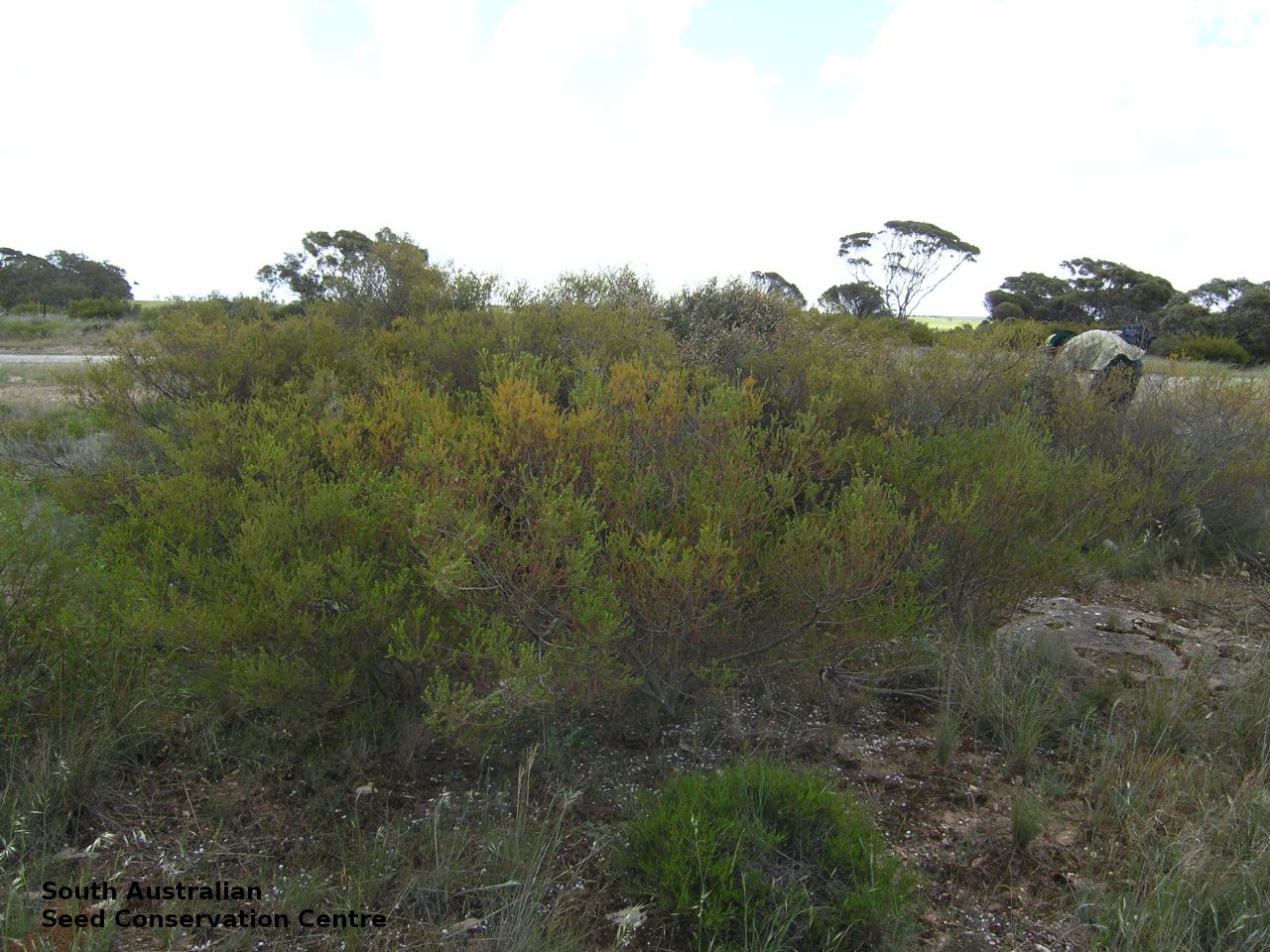
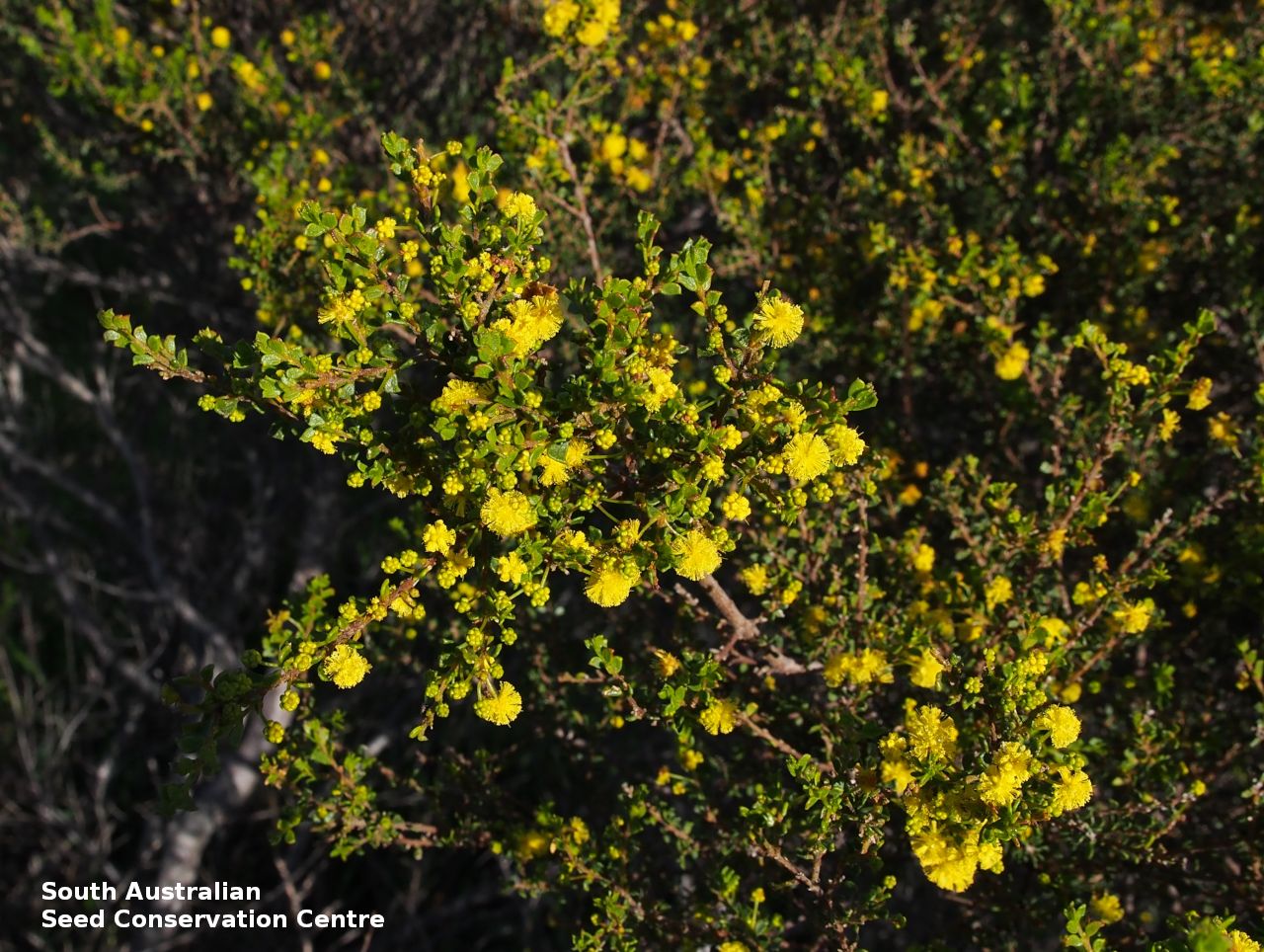
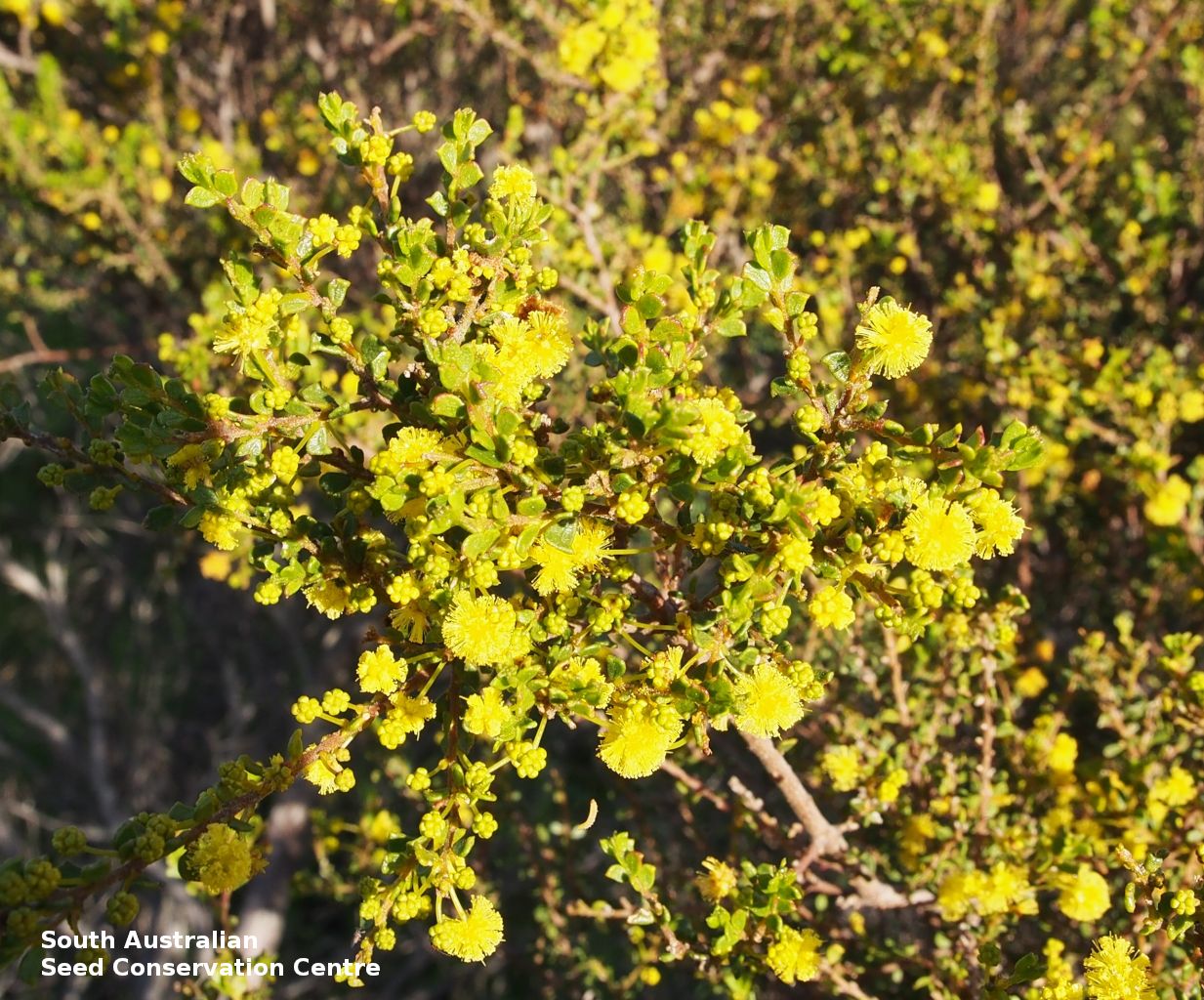
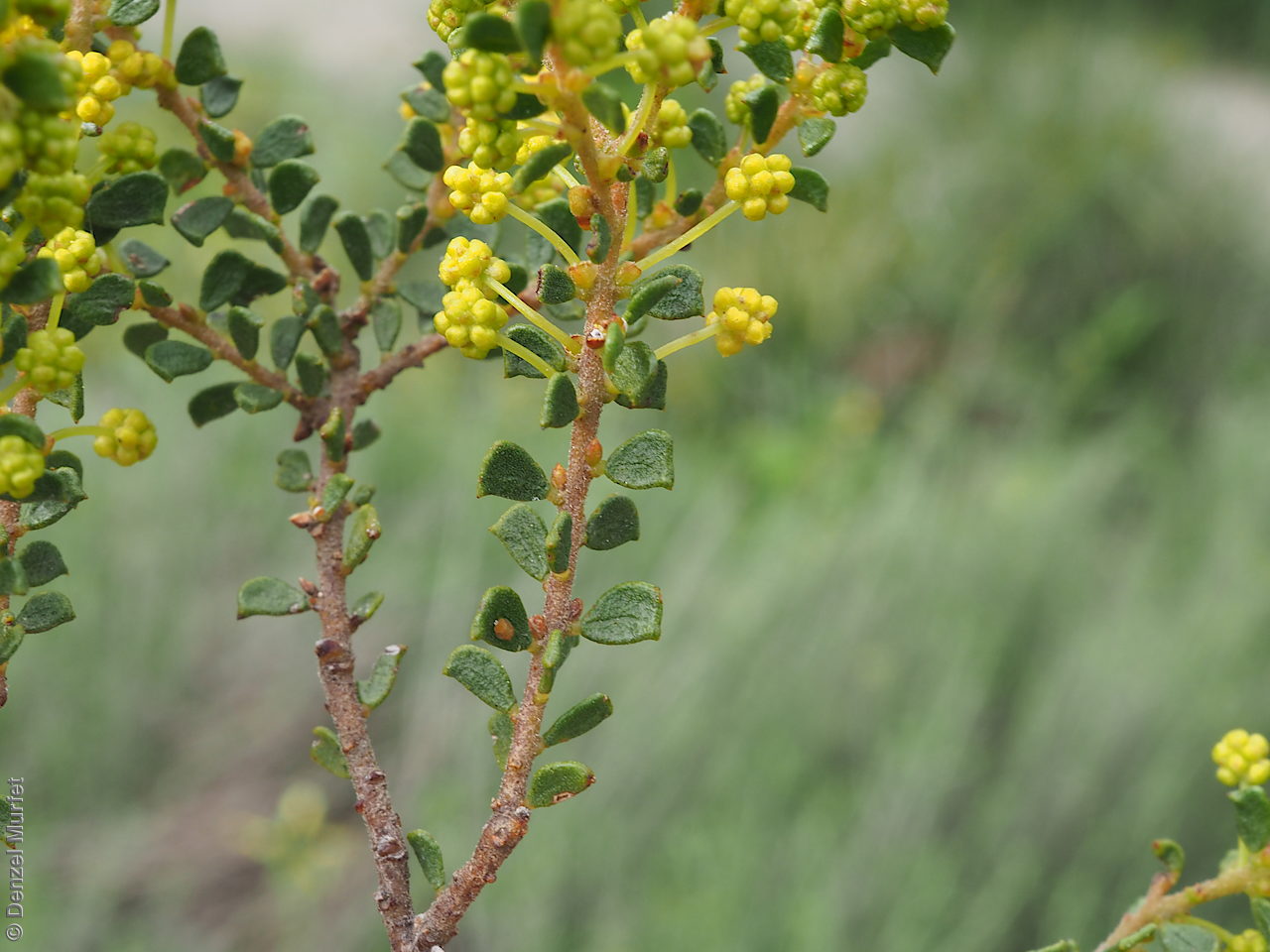
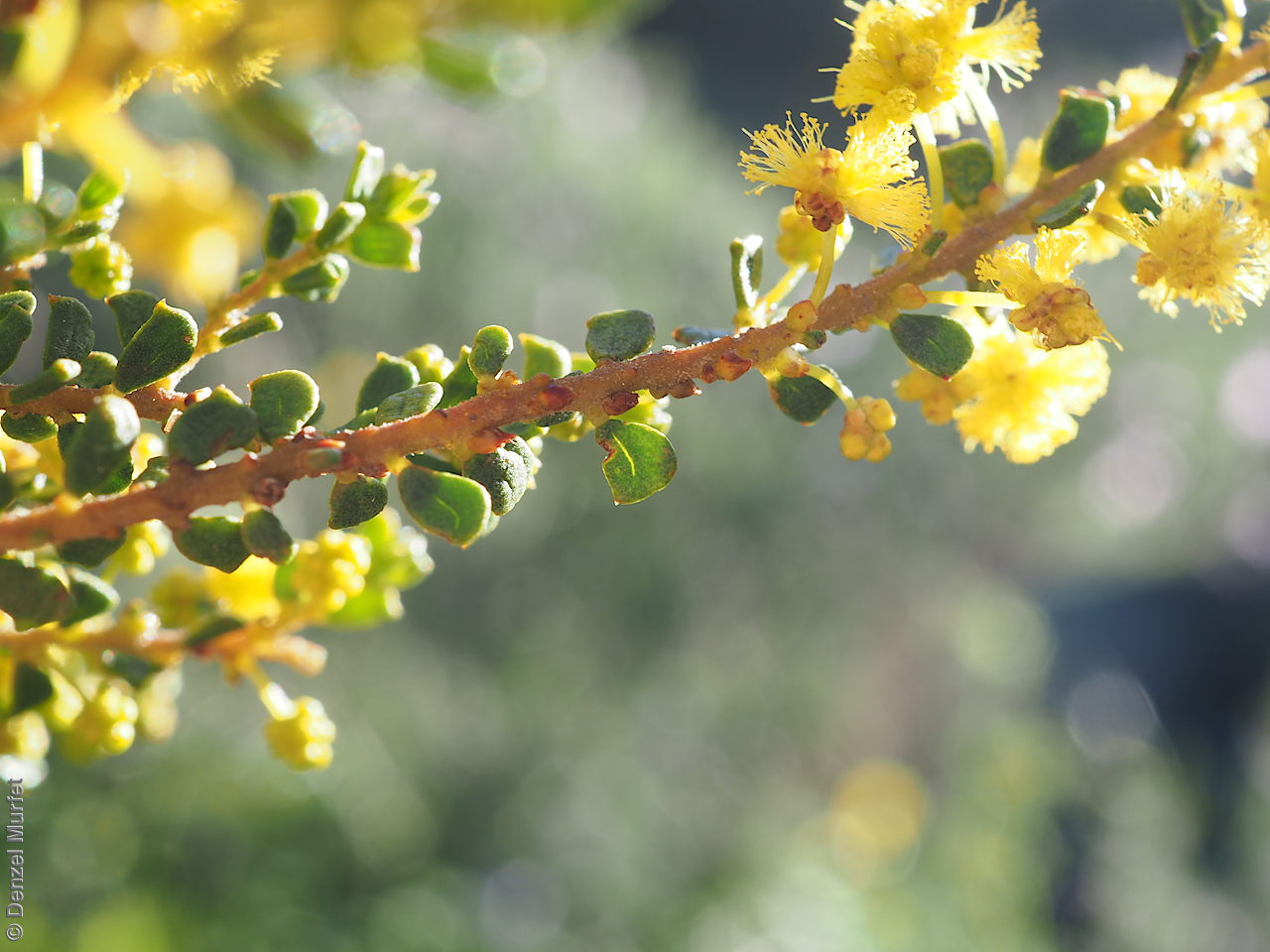
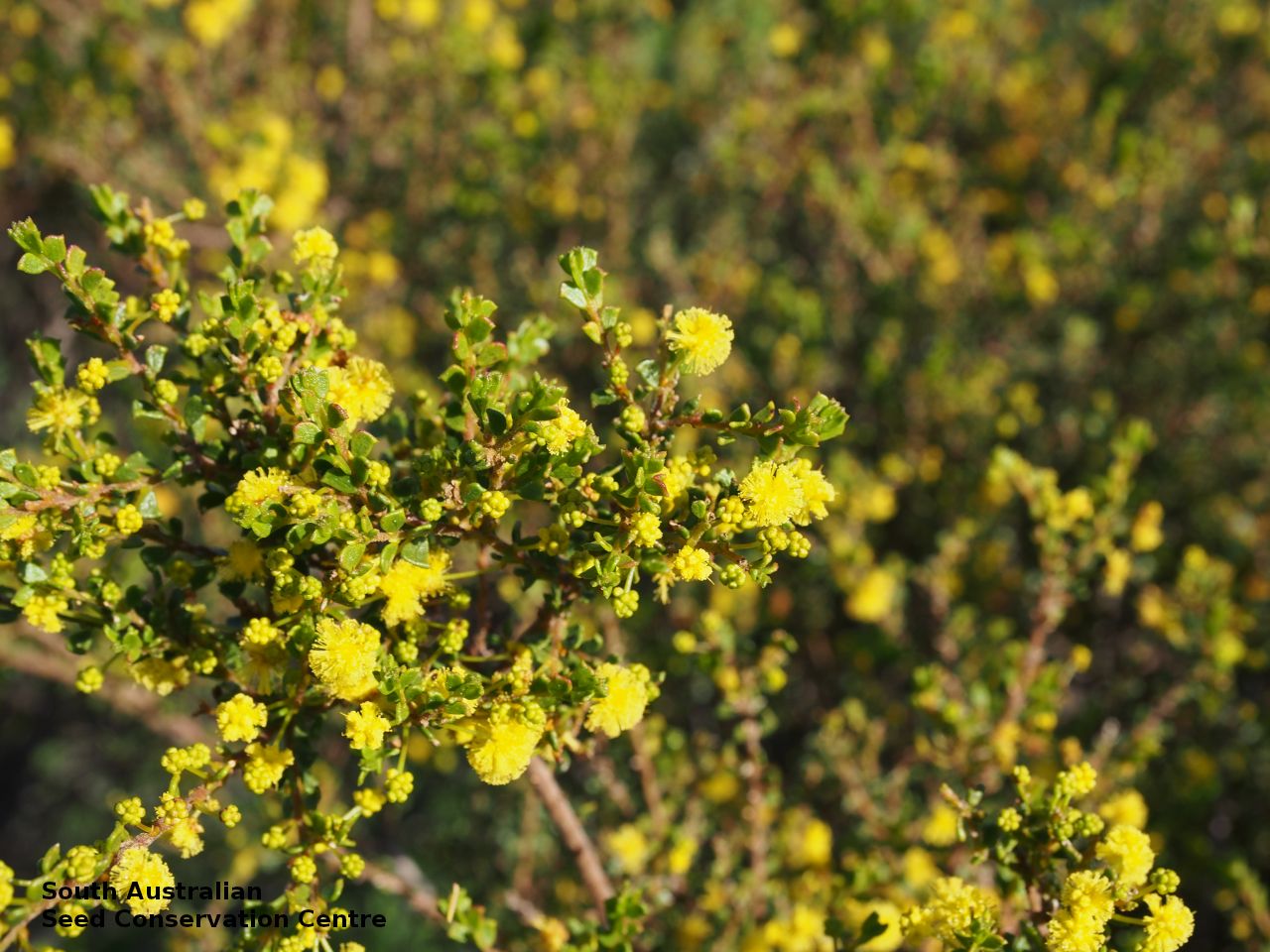
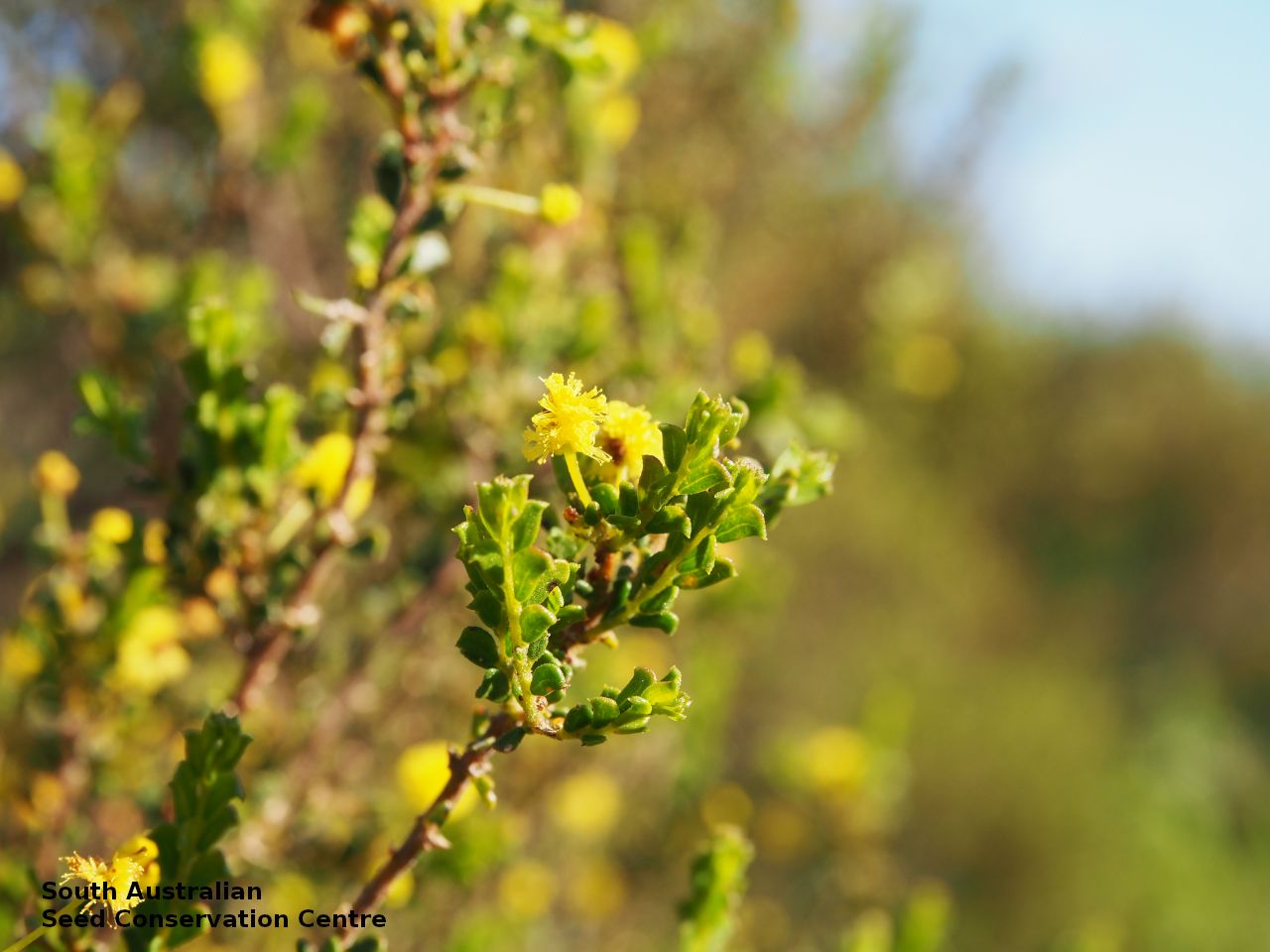
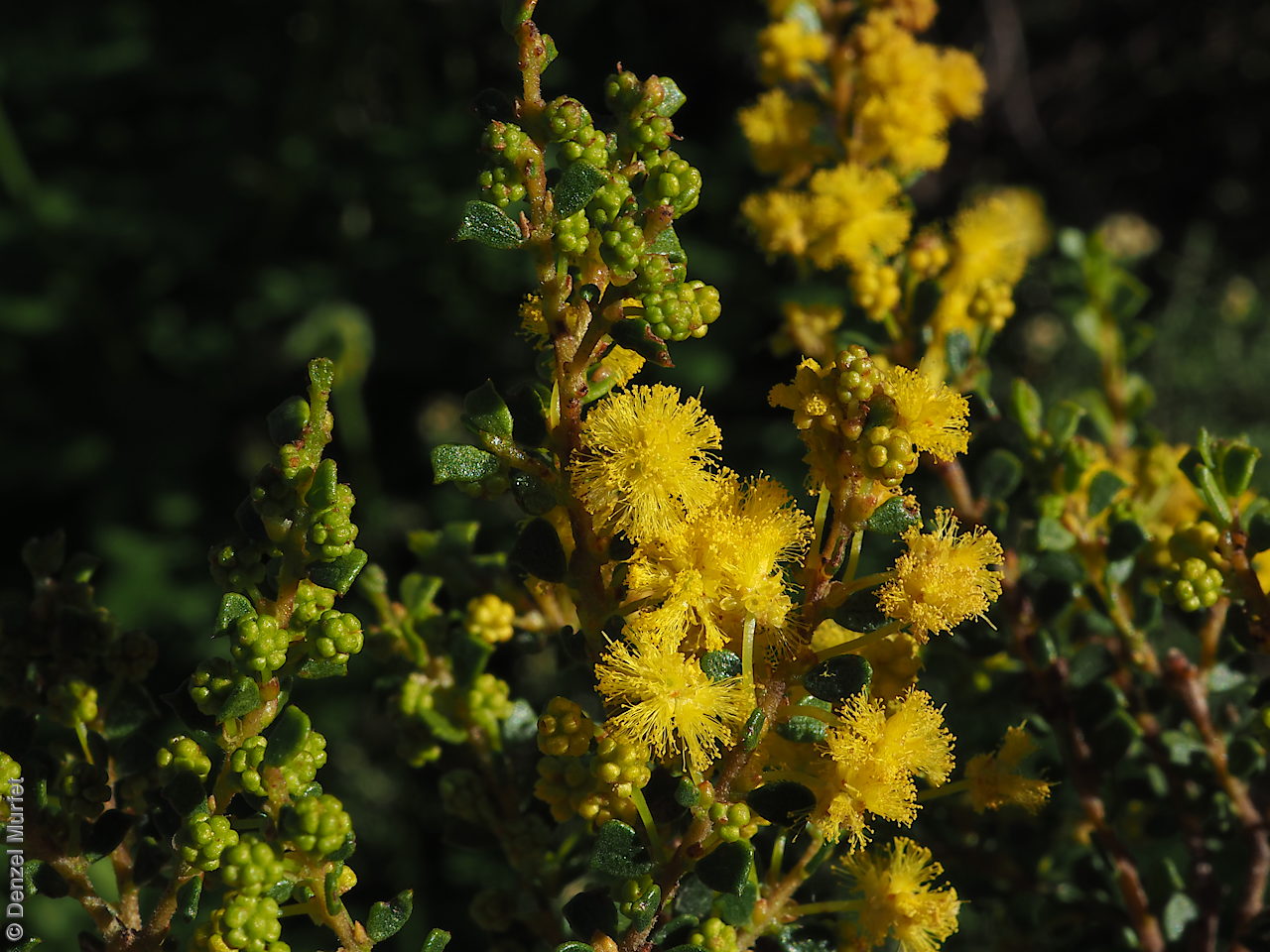
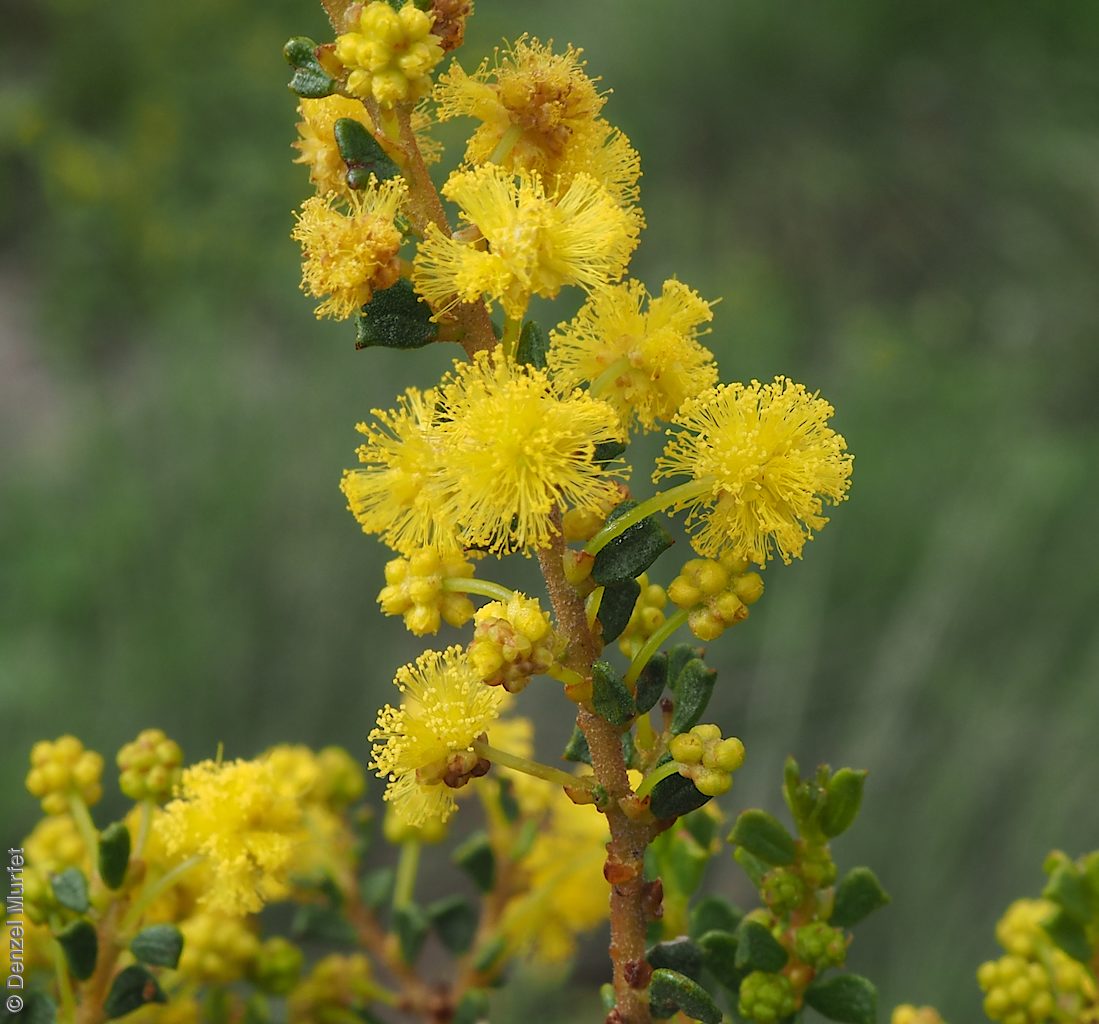
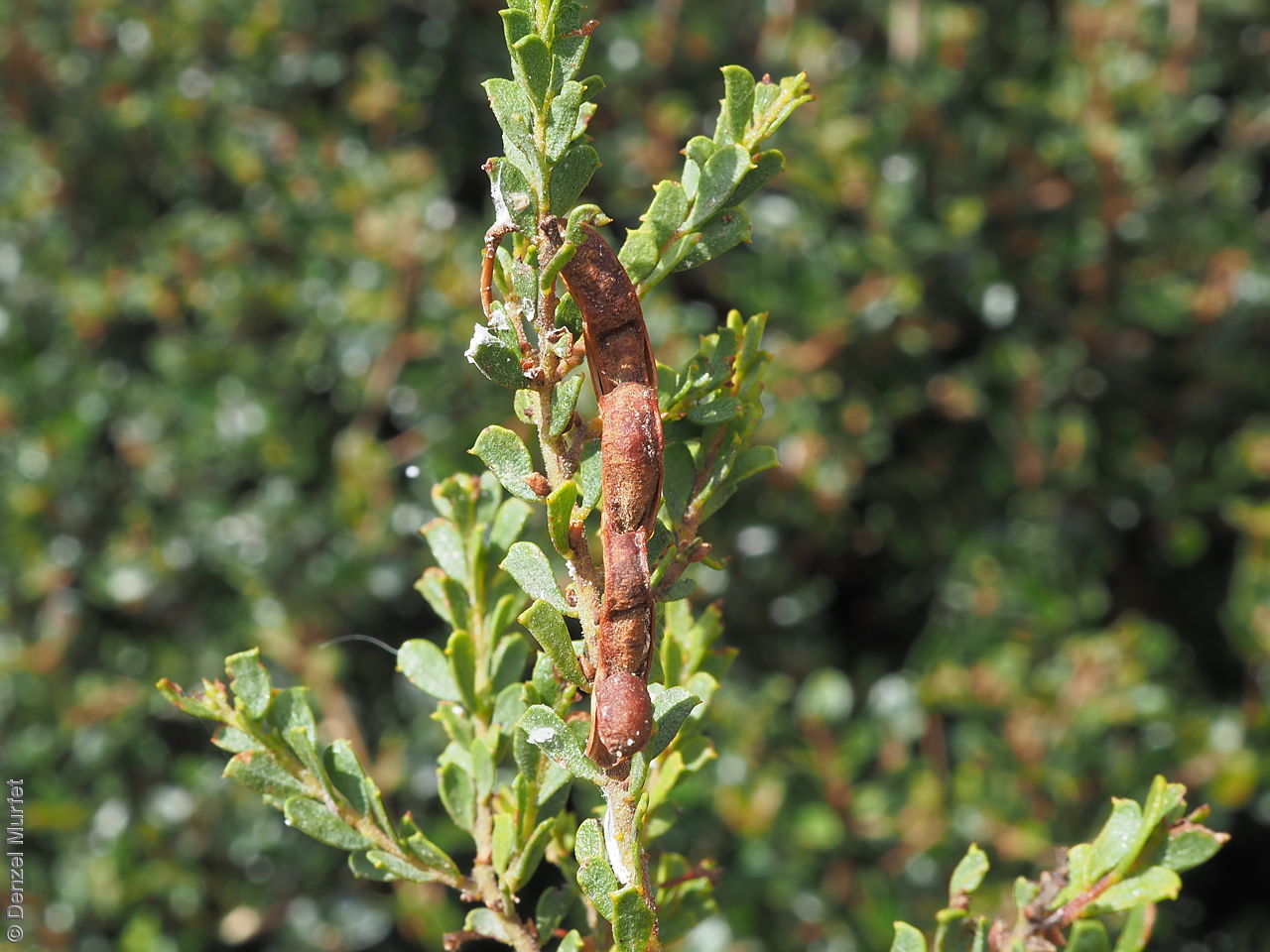
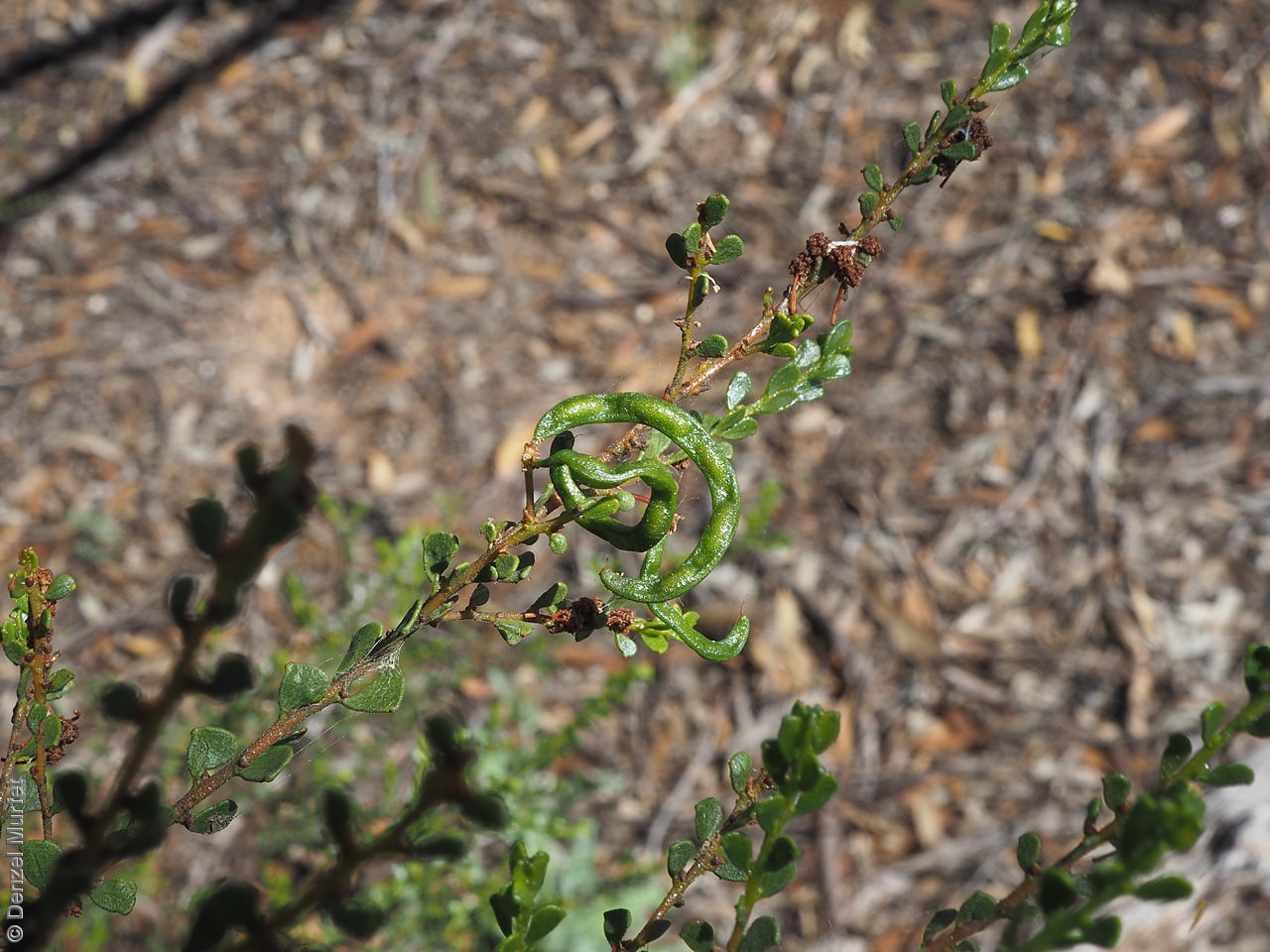
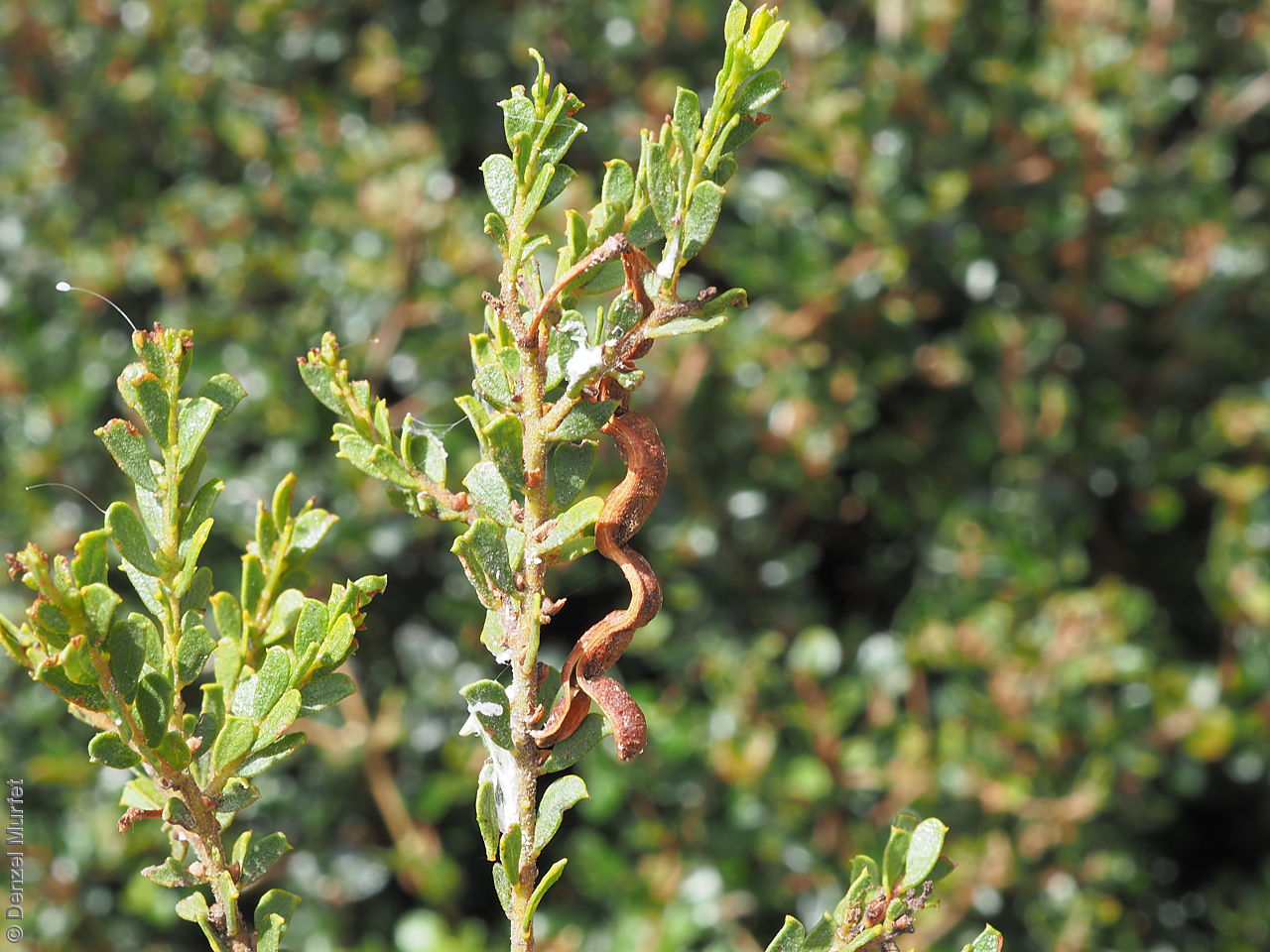
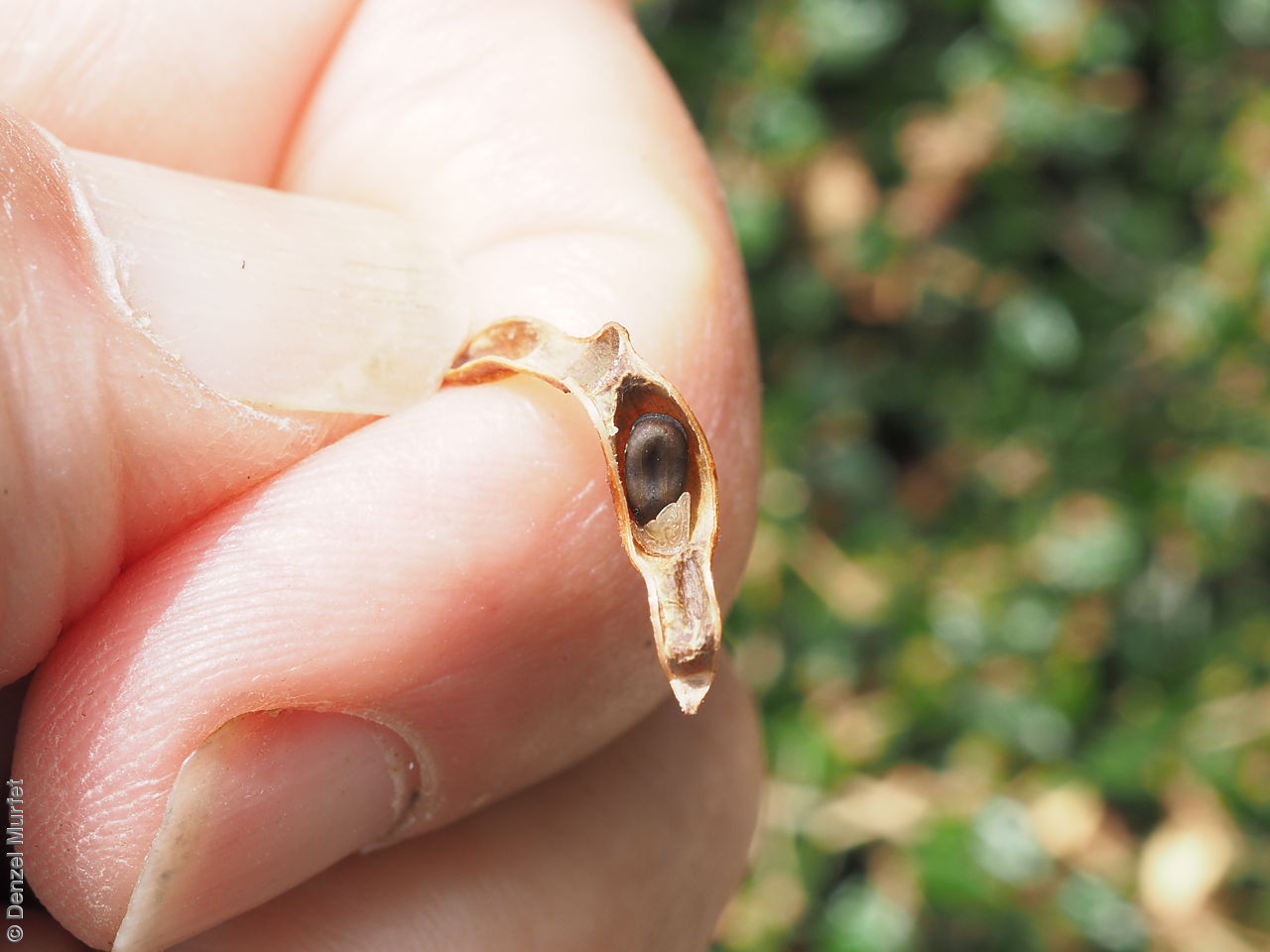

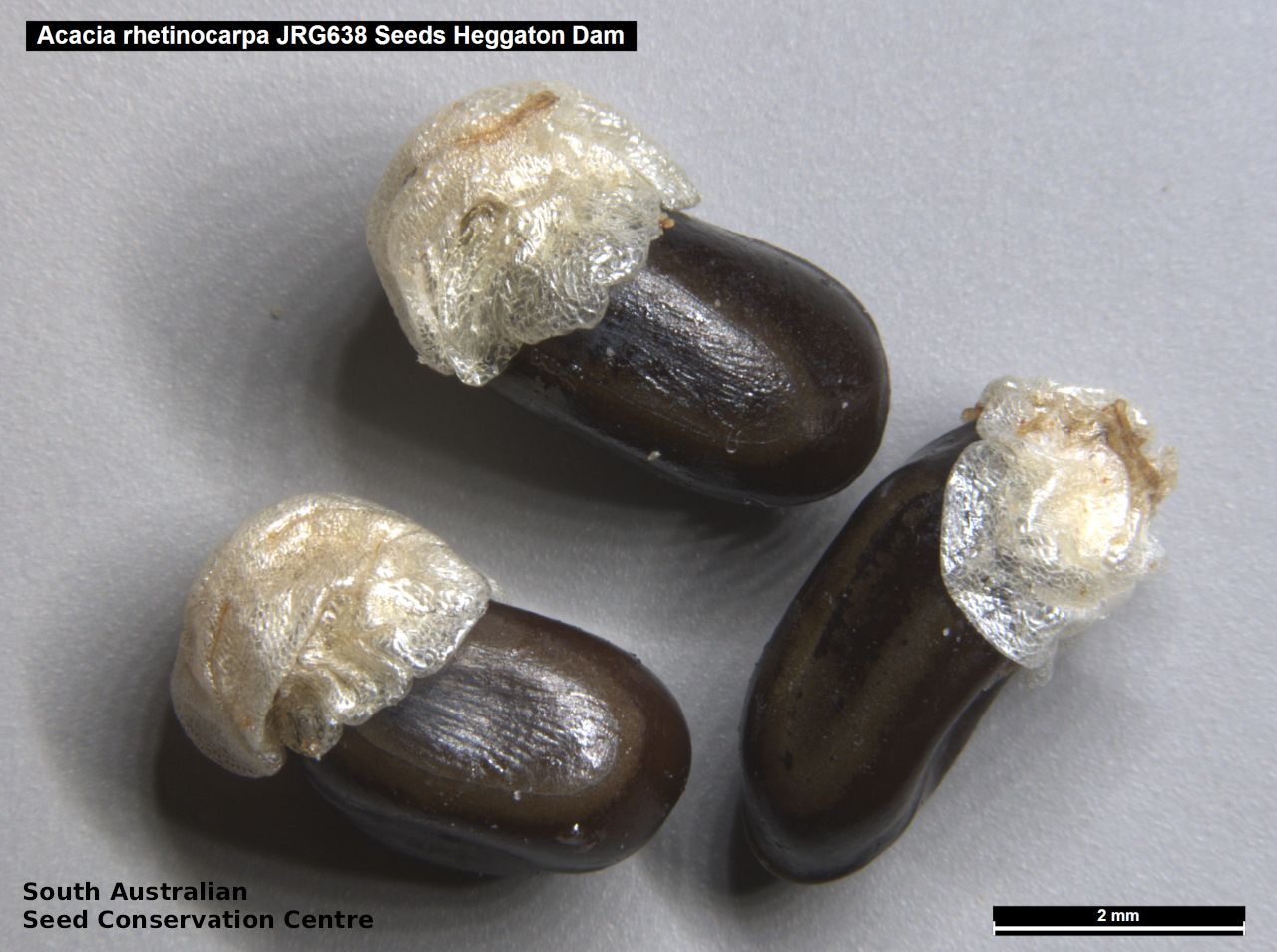
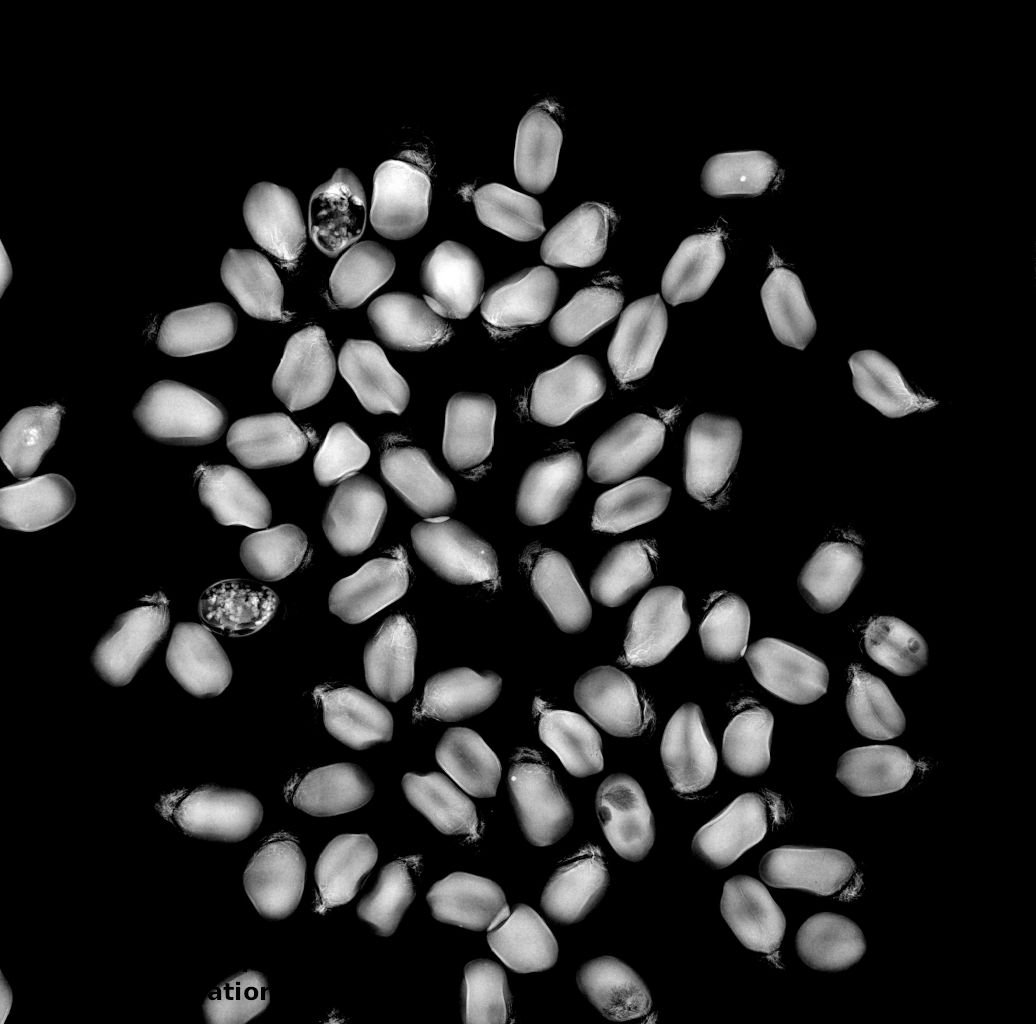

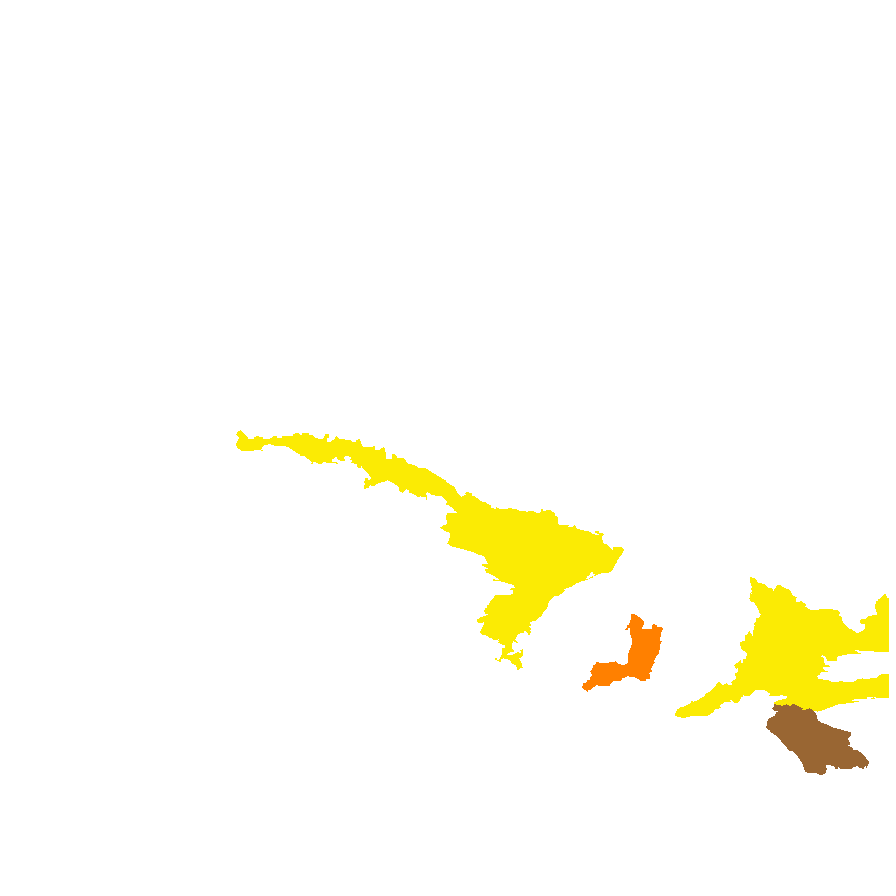
Botanical art
Common names
Neat Wattle
Resin Wattle
Etymology
Acacia from the Greek 'akakia' and derived from 'ake' or 'akis' meaning a sharp point or thorn and 'akazo' meaning to sharpen. Dioscorides, the Greek physician and botanist used the word in the 1st century AD for the Egyptian thorn tree, Acacia arabica. Rhetinocarpa from the Greek 'rhetine' meaning resin or gum and 'karpos' meaning fruit, referring to the resinous nature of the legume.
Distribution and status
Endemic to South Australia and found scattered in a few small areas near the east coast of Eyre Peninsula, east coast of Yorke Peninsula, southern Mount Lofty Ranges and in the Murray region, restricted to the Monarto area; growing in open scrub vegetation associated with Eucalyptus gracilis, E. socialis and E. incrassata on calcareous sand and loamy soil. Native. Very rare in South Australia.
Herbarium regions: Eyre Peninsula, Murray, Yorke Peninsula, Southern Lofty, South Eastern
NRM regions: Adelaide and Mount Lofty Ranges, Eyre Peninsula, Northern and Yorke, South Australian Murray-Darling Basin, South East
AVH map: SA distribution map (external link)
Plant description
Erect, compact, rounded, resinous, spreading shrubs to 1.5 m high with hairy branchlets, light yellowish-brown but becoming dark grey towards the base. Leaves obliquely obovate to 5 mm long and 3 mm wide; flat, thick, erect, yellowish-green, resinous. Inflorescences simple and axillary, with solitary globular, bright yellow flower-heads. Flowering between August and October. Fruits are long straight or curved brown pod to 3.5 cm long and 2.5 mm wide. Seeds are dark brown to black, hard oblong to elliptical seed to 4 mm long and 2 mm wide. Seed embryo type is investing.
Seed collection and propagation
Collect seeds between November and January. Collect mature pods that are turning brown, with hard, dark seeds inside. Place the pods in a tray and leave to dry for 1-2 weeks or until the pods begin to split. Then rub the dried pods to dislodge the seeds. Use a sieve to separate any unwanted material. Store the seeds with a desiccant such as dried silica beads or dry rice, in an air tight container in a cool and dry place. From four collections, the seed viability was average to high, ranging from 65% to 100%. This species has physical dormancy that needs to be overcome for the seed to germinate (e.g. nicking or softening the seed coat).
| Location | No. of seeds (weight grams) | Number of plants | Date collected | Collection number Collection location | Date stored | % Viability | Storage temperature |
|---|---|---|---|---|---|---|---|
| BGA | 600 (3.98 g) | 20 | 16-Dec-2005 | PJA114 Southern Lofty | 1-Aug-2006 | 65% | -18°C |
| BGA | 3,250 (30.9 g) | 6 | 26-Dec-2005 | TJ1 Yorke Peninsula | 1-Aug-2006 | 100% | -18°C |
| BGA | 5,170 (51.73 g) | 6 | 26-Dec-2005 | TJ2 Yorke Peninsula | 1-Aug-2006 | 75% | -18°C |
| BGA | 560 (3.73 g) | 10 | 16-Jan-2017 | Gilbert Siding Rd Southern Lofty | 1-Nov-2017 | 90% | -18°C |
| BGA | 5,800 (42.6 g) | 15 | 30-Nov-2017 | TST1389 Southern Lofty | 30-Jun-2018 | 86% | -18°C |
| BGA | 280 (3.56 g) | 2 | 30-Nov-2017 | TST1390 Murray | 30-Jun-2018 | 48% | -18°C |
| BGA | 5,700 (49.16 g) | 40 | 19-Dec-2017 | JRG638 Eyre Peninsula | 24-Jun-2020 | 70% | -18°C |
| BGA MSB | 2,950 (27.64 g) 2,950 (27.64 g) | 21-Dec-2005 | PJA118 Murray | 28-Jun-2021 | 80% | -18°C | |
| BGA | 209 (1.559 g) | 5 | 13-Dec-2022 | South of Cowell Eyre Peninsula | 20-Jun-2023 | 96% | -18°C |
| BGA | 14,135 (114.170 g) | 26 | 14-Dec-2022 | BKB157 Eyre Peninsula | 20-Jun-2023 | 95% | -18°C, -80°C |
Number of plants: This is the number of plants from which the seeds were collected.
Collection location: The Herbarium of South Australia's region name.
% Viability: Percentage of filled healthy seeds determined by a cut test or x-ray.